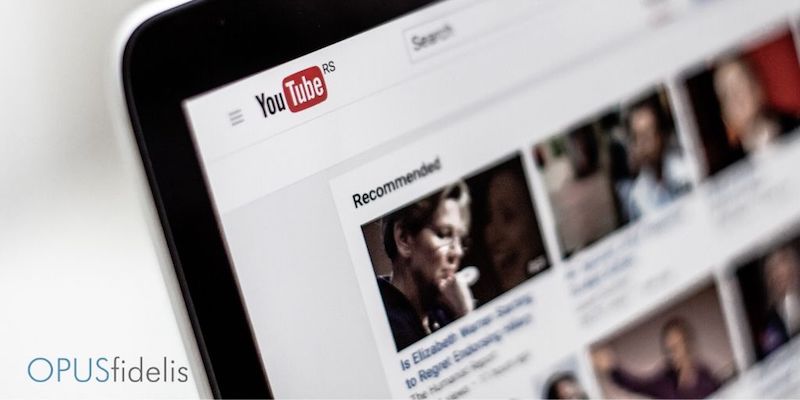As attention spans get shorter and shorter, many marketers are asking the question: how short can we go? Though short ads are not for everyone, more research is being done into super-short advertising.
The History of Short Ads
Believe it or not, advertisers have toyed with the short ad format as early as 2009 – before the YouTube “Skip Ad” button even existed. Miller High Life, looking to save money during the Super Bowl, aired one-second ads with an actor simply yelling “High Life!” at the camera.
Proctor & Gamble tried out a short ad campaign in 2017 – their Chief Brand Officer Marc Pritchard, stated at the time:
For too long, we flooded digital media with 30-second ads, treating it like another form of TV… But now that we have the data, it shows that the average ad viewing time can be as low as 1.7 seconds. We stopped wasting money on 30-second ads, and we’re now designing ads to work in two seconds.
New Short Ad Study
However, scant research has been done on the effectiveness of short ads until recently. IPG Mediabrands has attempted to fill that gap. In the first half of their study, they quizzed a group of participants on brand recall from ads, finding that ads that displayed brand information right at the beginning were more effective than those which did not.
For the second half, they compared human-edited short ads with “neuro-based” ads – ads based on eye tracking and measured brain activity of viewers. Now the real challenge comes – deploying them as part of each brand’s marketing strategy.
Cons of Short Ads
Even if the super-short ads see some return, the short ad format may not work well for all brands. Ryan Engelbert, creative director at We Are Social, shared his thoughts:
I’m speaking to all the creatives reading this – let’s not settle for fewer seconds or a brief that calls for a two-second cut down when a story demands more. Let’s challenge ourselves, but let’s also defend our stories.
Whether many brands migrate to a super short ad format or not, the important principle to keep in mind is consistency with your brand message. Short and quirky may work for some, but it is a tricky format that is not right for everyone. Geico effectively used a short ad by playing off the “Skip Ad” button in a recent campaign.
As you strategize, keep your audience in mind, and do not risk alienating loyal customers for the sake of the latest gimmick.
Want to see some examples of how the short ad has been done right? Check our post on the beauty of brevity in advertising.


